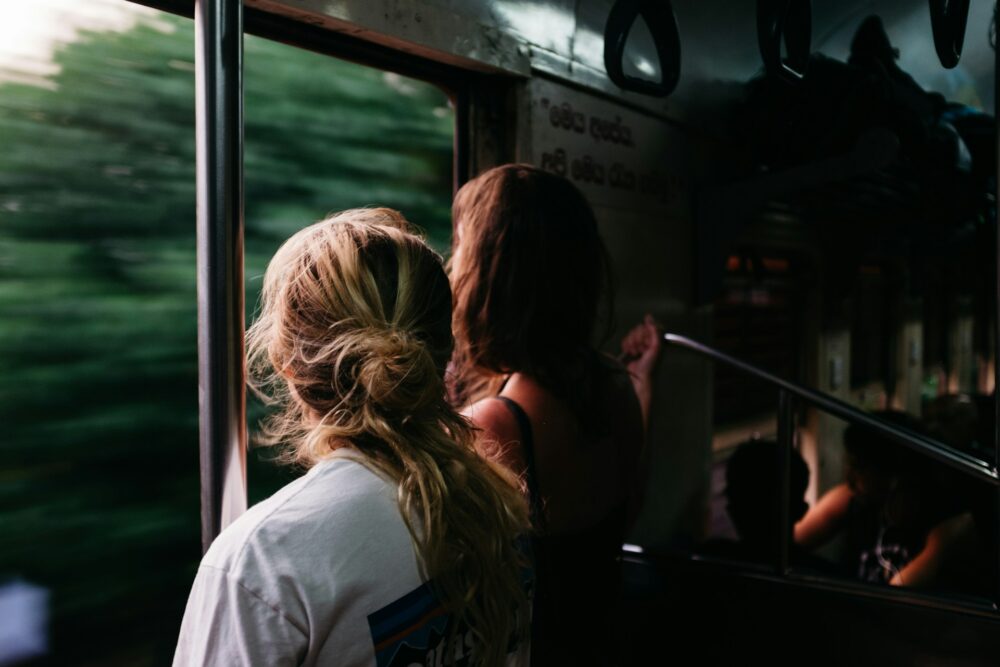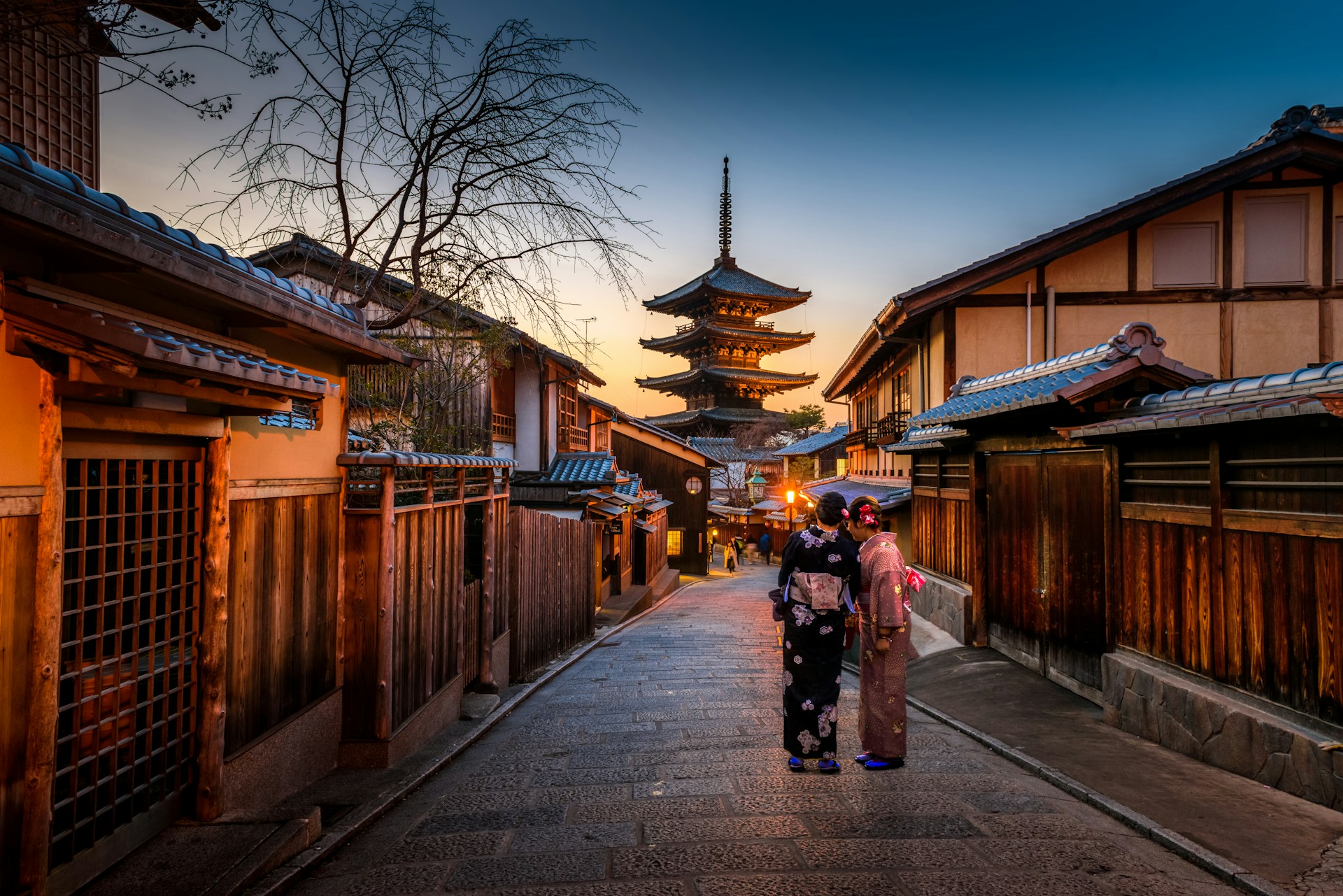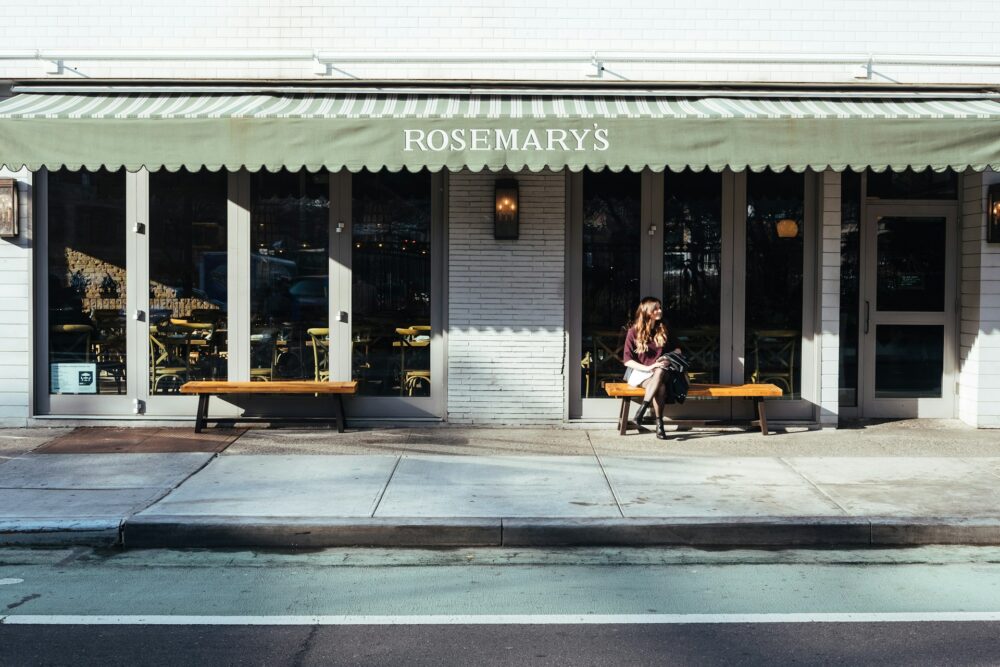The posts in this blog may include affiliate links. This means that when you decide to purchase anything through these links I get a small commission at NO extra cost to you.
In an age where travel often means rushing through destinations to tick off as many landmarks as possible, slow travel offers a refreshing alternative. Embracing a slower pace of exploration allows travellers to experience destinations more deeply and sustainably. This guide will introduce you to the principles of slow travel, provide practical tips for incorporating it into your journeys, and highlight how this approach can transform your travel experiences.
A Beginner’s Guide to Slow Travel
Understanding Slow Travel
What is Slow Travel?
Slow travel is an approach that emphasises quality over quantity, focusing on immersing oneself in the local culture, environment, and way of life. It encourages travellers to spend more time in fewer destinations, engage with the local community, and adopt a more mindful attitude towards travel. The goal is to create meaningful connections and enjoy a more relaxed and fulfilling travel experience.
The Philosophy Behind Slow Travel
Inspired by the slow food movement, which promotes traditional and sustainable food practices, slow travel advocates for a similar approach to exploring new places. It prioritises experiences over sightseeing and fosters a deeper understanding of the destinations visited. By slowing down, travellers can escape the superficiality of mass tourism and instead connect authentically with the people and places they encounter.
Benefits of Slow Travel
Authentic Experiences
By spending more time in one place, travellers have the opportunity to discover hidden gems and engage in local activities that might be overlooked during a rushed visit. This could mean participating in local festivals, learning traditional crafts, or simply enjoying everyday life in the community.
Reduced Stress and Greater Enjoyment
Travelling slowly allows for a more relaxed pace, reducing the stress of constant transit and tight schedules. It enables travellers to savour each moment and enjoy their surroundings more fully, leading to a richer and more enjoyable travel experience.
Environmental and Economic Impact
Slow travel supports sustainable tourism by minimizing the carbon footprint associated with frequent travel and promoting local economies. By staying longer in one place and using local services, travellers contribute more directly to the community and reduce the negative impacts of mass tourism.
Personal Growth and Connection
Immersing oneself in a new culture and way of life fosters personal growth and a greater appreciation for diverse perspectives. Slow travel encourages deeper connections with people and places, leading to more meaningful and memorable experiences.

Planning Your Slow Travel Journey
Choosing Your Destination
Select destinations that align with your interests and offer opportunities for a deeper engagement with the local culture and environment. Look for places with a strong sense of identity, where you can explore beyond the typical tourist attractions. Consider factors such as local cuisine, cultural practices, and natural landscapes.
Setting Realistic Itineraries
Avoid cramming too many destinations into your itinerary. Instead, choose a few key places to explore in-depth. Allow for flexibility in your plans to accommodate spontaneous discoveries and interactions. A well-planned but flexible itinerary will help you make the most of your slow travel experience.
Accommodation Choices
Opt for accommodations that reflect the local character and offer opportunities to interact with the community. Consider staying in guesthouses, bed and breakfasts, or vacation rentals managed by locals. These options often provide a more authentic experience and a chance to engage with your hosts.
Transportation Options
When travelling slowly, prioritise transportation methods that align with the pace of your journey. Use local buses, trains, or bicycles to get around rather than relying on frequent flights or car rentals. Walking is also a great way to explore a destination at a leisurely pace and discover hidden details that might be missed from a vehicle.
Embracing the Slow Travel Experience
Immersing in Local Culture
Take time to learn about the customs, traditions, and everyday life of the people in your destination. Attend local events, festivals, and markets to experience the culture first-hand. Engage with residents through activities such as cooking classes, craft workshops, or language exchanges.
Supporting Local Businesses
Shop at local markets, dine at family-run restaurants, and use services provided by local businesses. By doing so, you contribute to the local economy and gain a more authentic view of the destination. Avoid large chain establishments and seek out places where you can interact with the locals.
Exploring Natural Wonders
Spend time in natural settings such as parks, hiking trails, and beaches. Take leisurely walks or participate in outdoor activities that allow you to connect with the environment. Respect nature and practice sustainable tourism by minimising your impact on the surroundings.

Practicing Mindfulness
Adopt a mindful approach to your travels by being present in each moment and fully engaging with your surroundings. Avoid distractions such as constant phone use or checking off items on a to-do list. Instead, focus on experiencing the sights, sounds, and sensations of your destination.
Practical Tips for Slow Travelers
Packing Light
Travelling light allows for greater flexibility and ease when moving from place to place. Pack only essential items and choose versatile clothing that can be adapted to various situations. A lighter load also reduces the stress of managing heavy luggage and makes it easier to explore your destination.
Staying Connected
While slow travel emphasises disconnecting from the fast pace of modern life, staying connected with loved ones and accessing information when needed is still important. Use technology mindfully, and set specific times to check emails or social media, rather than letting it dominate your travel experience.
Engaging with Locals
Make an effort to interact with local residents and learn from their experiences and insights. Ask for recommendations on places to visit, eat, or shop, and be open to conversations and cultural exchanges. Building relationships with locals can enrich your travel experience and provide valuable perspectives.
Documenting Your Journey
Keep a travel journal or take photos to document your experiences and reflections. This can be a meaningful way to capture the essence of your journey and create lasting memories. Focus on capturing moments that highlight the slow travel experience, such as interactions with locals, scenic views, and cultural activities.
Being Flexible
Embrace spontaneity and be open to unexpected changes in your plans. Allow yourself the freedom to explore new opportunities and adjust your itinerary based on local recommendations or personal interests. Flexibility enhances the slow travel experience by encouraging a more relaxed and open-minded approach.

Examples of Slow Travel Destinations
Kyoto, Japan
Kyoto, with its rich cultural heritage, tranquil temples, and traditional tea houses, is an ideal destination for slow travellers. Spend time exploring the city’s historic districts, participating in tea ceremonies, and strolling through serene gardens. Kyoto’s slower pace of life allows for a deep and immersive experience.
Tuscany, Italy
The rolling hills, vineyards, and charming villages of Tuscany offer a perfect setting for slow travel. Stay in a countryside villa, savour local wines and cuisine, and take leisurely bike rides or walks through the picturesque landscape. Tuscany’s relaxed pace and focus on local traditions make it a quintessential slow travel destination.
Porto, Portugal
Porto, with its historic architecture, vibrant markets, and stunning riverfront, provides a rich cultural experience for slow travellers. Explore the city’s neighbourhoods on foot, visit local markets and cafes, and take time to enjoy the city’s unique atmosphere. Porto’s slower pace and focus on local experiences make it a rewarding destination.
Ubud, Bali
Ubud, Bali’s cultural heart, offers a serene environment for slow travellers seeking relaxation and cultural immersion. Enjoy traditional Balinese arts, participate in yoga and meditation retreats, and explore the surrounding rice terraces and forests. Ubud’s emphasis on mindfulness and local traditions aligns perfectly with the principles of slow travel.
The Future of Slow Travel
As travellers increasingly seek more meaningful and sustainable experiences, the principles of slow travel are gaining popularity. By embracing a slower pace and focusing on quality interactions, travellers can create deeper connections with the places they visit and contribute positively to local communities.
Slow travel encourages a shift away from the superficial aspects of tourism and fosters a more respectful and conscious approach to exploration. As the travel industry evolves, incorporating slow travel principles can lead to more enriching and sustainable journeys, benefiting both travellers and the destinations they visit.
In conclusion, slow travel offers a refreshing alternative to the fast-paced, checklist-driven approach to tourism. By embracing a slower, more mindful way of exploring new places, travellers can create meaningful connections, enjoy a more relaxed and fulfilling experience, and contribute positively to local communities and the environment. Whether you’re planning a weekend getaway or a long-term journey, incorporating the principles of slow travel can transform your travel experiences and enrich your life.



